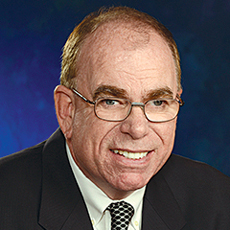
Let’s say you want to purchase a new car. Would you walk into a dealership and request “a Toyota”? Not likely.
You would probably already have a specific Toyota model in mind, whether it be a Corolla, Prius, Camry, a RAV-4, Land Cruiser, Avalon or something else.
Chances are also pretty good you might have a trim line sized up. It might be an entry grade “L” level, a luxury-grade “LX,” a sporty “SE,” or perhaps a smoother riding “touring” option. Then there would be the various colors and interior options to sort out. The list of options goes on. And on.
Why does Toyota make so many choices available? The short answer is so the company can increase sales and profits.
The slightly longer answer is that prospective customers possess different budgets, needs and desires. Toyota, being a smart operator, is trying to scratch every possible itch. Not that Toyota is alone. Pretty much every vehicle manufacturer performs its own version of this multi-choice kabuki dance.
It’s quite a departure from a century ago, when Henry Ford said Model T buyers could select any color they wanted, “as long as it’s black.”
Unfortunately, many skilled care operators remain pretty much in Model T mode.
Do most operators in this sector offer their own version of Corolla-to-Avalon models? Are you kidding?
For all we’re hearing about the advent of post-acute care, new alignment and changing business plans, there remain many facilities that look and act much like they did 20, 30 and even 40 years ago.
Does that mean change is not emerging? Hardly. To be sure, there are innovators and early adopters out there. But relatively speaking, they remain outliers. So why the widespread sluggishness?
There are probably a few explanations. Here’s mine: As industries go, long-term care is basically a welfare recipient. By that, I mean it probably couldn’t survive without the Medicaid program’s meager payments. Given this reality, many operators must primarily focus on making sure the relative crumbs they receive continue to get a bit bigger — or at the very least, that they don’t get taken away.
That’s not a criticism. It’s an observation.
What will it take to get the sector out of a one-size-fits-all mindset? Two things, probably: fear and greed. The desire to make more money and the concern about being put out of business will push the sector to make some efforts to change.
But widespread creative destruction and reinvention? From operators largely in a survival-mode mindset? For too many, it’s all they can do to stay in the black.
John O’Connor is McKnight’s Editorial Director.




